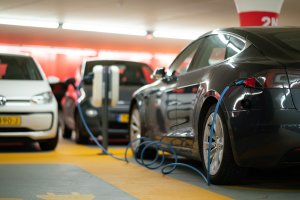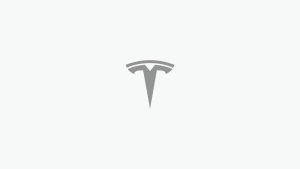Tesla's LFP (iron) batteries compared. Which one should you buy?
For the first time, you have a choice of battery for your new Tesla. Not battery size, you've always had that choice. Now you have a choice of which chemical elements you want. Here are some thoughts about how you can choose intelligently. It all depends on your financial situation, your plans for long-distance travel, and the geography of your area.
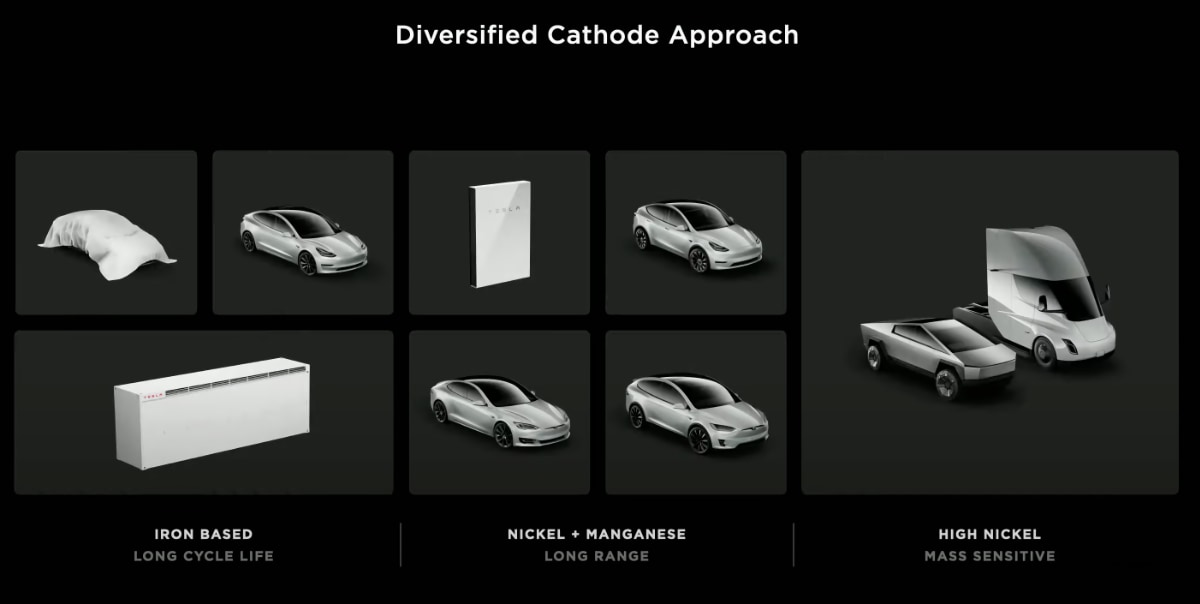
Elon Musk explains Tesla's LFP Battery strategy for US Model 3 SR+.
There's a delay in delivery times for the Model 3 SR+. This is August 2021. Delivery dates are some time in 2022. If you're buying one of the more expensive models or one of the bigger battery sizes, you can take delivery sooner, but the Model 3 SR+ might be the one you want. It's the one I bought. I knew that road trips would take a bit longer with the shorter-range battery since I'd have to pull off the road to charge more often. So far, I haven't had the opportunity to take a multi-day road trip. There's a pandemic after all. But I knew that would eventually become an issue. I really like road trips. But I have to say, even when I took lots of road trips, most of my driving was local.
Had I opted for the long-range Model 3, I'd have paid an extra ten thousand dollars in order to get 90 miles of extra range. That extra ninety miles of range would come into play only 30 or 40 days each year, and the time it would save me would be about an hour each day of a multi-day road trip. It didn't make financial sense.
Now that Tesla is experiencing the same production delays as are all the other auto manufacturers, they're giving their shorter delivery dates to buyers of the more expensive, read higher profit, models. But they're making an exception and giving shorter delivery dates if you buy a Tesla with an LFP battery rather than an NCA battery.
So what's the difference? Both batteries are actually lithium-ion batteries. They both use lithium. So that's not a difference. But the NCA battery uses nickel, cobalt, and aluminum in addition to lithium. The LFP battery uses Iron and Phosphate (phosphorus combined with oxygen) in addition to lithium. The main differences for you to consider are that the LFP battery has a slightly shorter range, 253 miles, as opposed to the NCA battery, 263 miles. But that slight difference in range is deceptive. The NCA battery probably shouldn't be charged to 100%. Fully charging the battery causes damage to the battery making it likely to deteriorate over the years of ownership. It's perfectly fine to charge the LFP battery to 100% so the driver experience is pretty much the same except for a couple caveats.
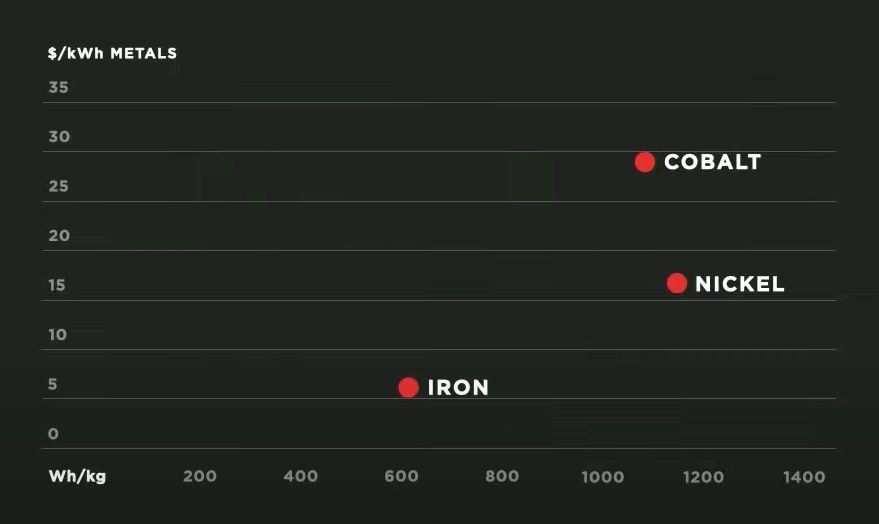
The LFP battery is heavier. That's why the range is slightly lower on the ordinary battery test cycle. The extra weight causes extra rolling resistance. That's why the range is reduced. There's probably also some extra wear on the tires. The problems of extra weight and extra rolling resistance are probably not all that bothersome for most drivers.
But, if you live in an area where there are lots of hills so that you're changing your elevation every time you drive, you're going to notice a much more pronounced decrease in range with the heavier LFP battery. You can experience the difference more intimately by getting a wagon or a wheelbarrow. Roll it around on level ground. Then put a heavy object in it and roll it around some more. You'll notice a bit more rolling resistance, but you'll be able to deal with the extra rolling resistance easily.
Now do that same experiment on a hill. Pull the wagon or push the wheelbarrow up the hill empty. No problem, right? Then put in the heavy object and go up the hill again. Big difference. Your car feels the same way. You'll get a bit of extra regenerative braking going down the hill with the heavier battery, but it won't be enough to make up the difference. The second law of thermodynamics causes that. That pesky high school physics topic, entropy, strikes again.
LFP batteries are also much more environmentally friendly.
There's also one more issue, cold weather.
LFP batteries charge more slowly in cold weather than NCA batteries and their range decreases somewhat more than NCA batteries in cold weather. Keep in mind that both NCA and LFP do worse in cold weather. It's just that LFP batteries get more of a cold weather effect than NCA batteries. When you're on a road trip and navigating to a Supercharger, your car will prewarm its batteries. That will alleviate the slower charging problem to some extent, but you'll be at the Supercharger six or seven minutes longer in winter with LFP batteries. That will be a problem if you plan to use your car in such a way as to need to do lots of cold weather supercharging. It won't matter at all if you're just going to charge your car overnight in your garage.
So flatlanders will be fine with the LFP battery. If you live in a hilly area, you may want to wait for the NCA-equipped Tesla Model 3 SR+. But remember, the lower range problem is only a problem for people planning to do lots of mountain driving. In that case, you actually ought to invest the extra $10K in the long range Model 3.
One last issue about the LFP battery. Remember, earlier in this article, I mentioned that you shouldn't fill the NCA battery up to 100% charge, but you should fill the LFP battery up to 100%? That's true at home, but it's not true on road trips. On road trips, you want to minimize the amount of time you're stopped. The way to do that is to never charge the battery to 100% no matter which kind of battery you have. When you plug your car in at a modern high voltage supercharger, you'll see your car adding four to five hundred miles per hour of connection. That doesn't mean you'll be up to 100% in a half hour. You won't. As the battery gets charged, the rate of charge drops significantly for both the LFP and the NCA batteries. Once you get above 80%, the battery charges very slowly. So figure out how much charge you need to get you to the next place you're going to charge up and give yourself enough charge to get you there with a twenty or thirty mile cushion. Charging your battery more than that is a waste of time. Your travel time.
Tesla's Battery Day












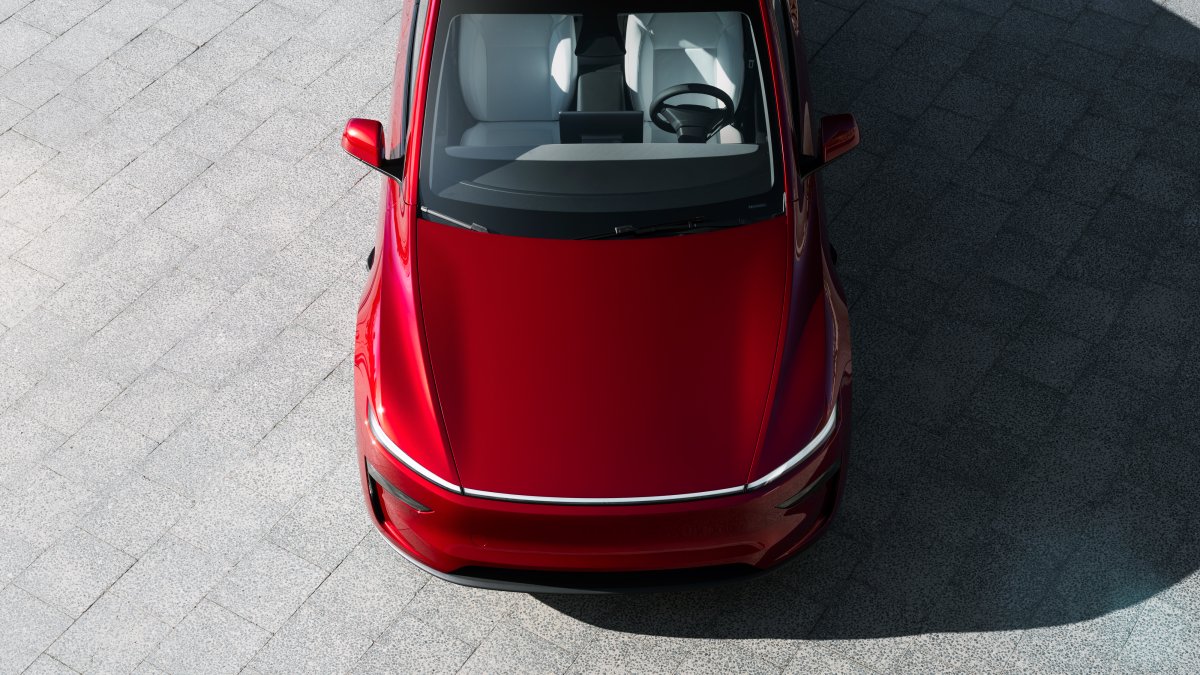
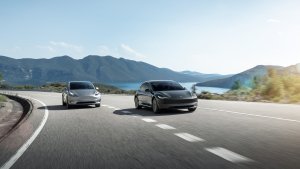

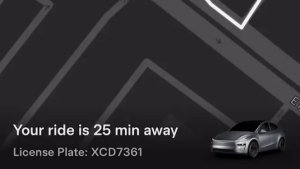
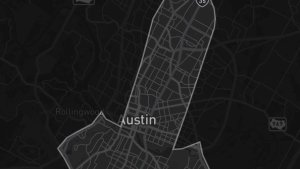
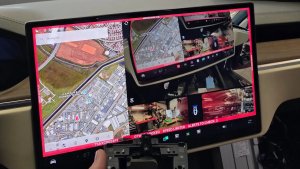
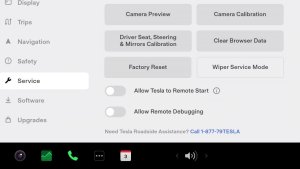
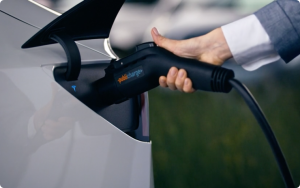
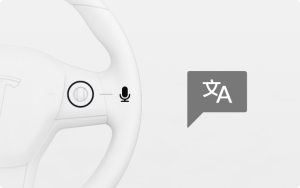
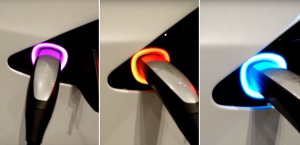
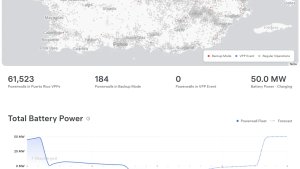
![Tesla Software Update 2025.26: Grok, Light Sync, Audio Presets and More [VIDEO]](https://www.notateslaapp.com/img/containers/article_images/tesla-update/light-sync-update.jpeg/e84ab2f1fe12f493a75927db105a9586/light-sync-update.jpg)
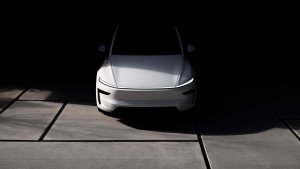
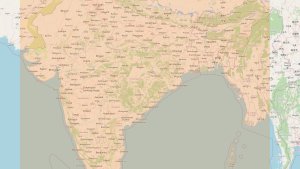
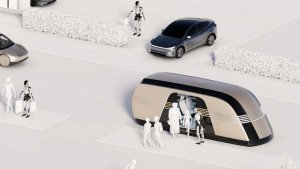
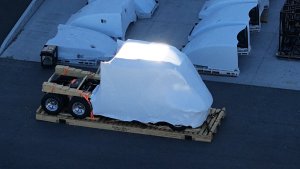
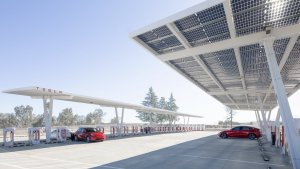

![Andrej Karpathy considers returning to Tesla to work on Optimus [video]](https://www.notateslaapp.com/images/news/2022/karpathy-podcast_300w.jpg)
